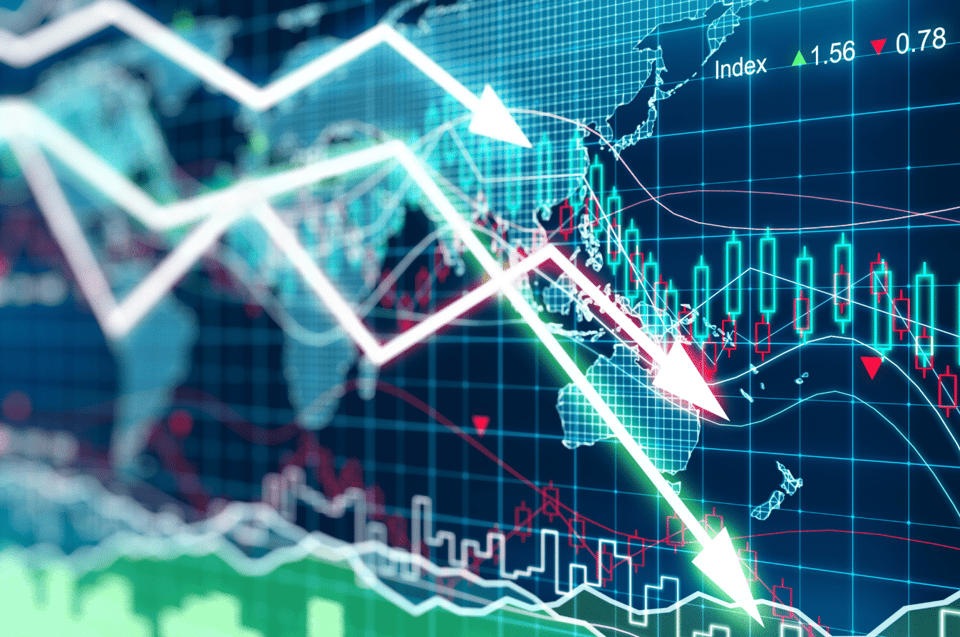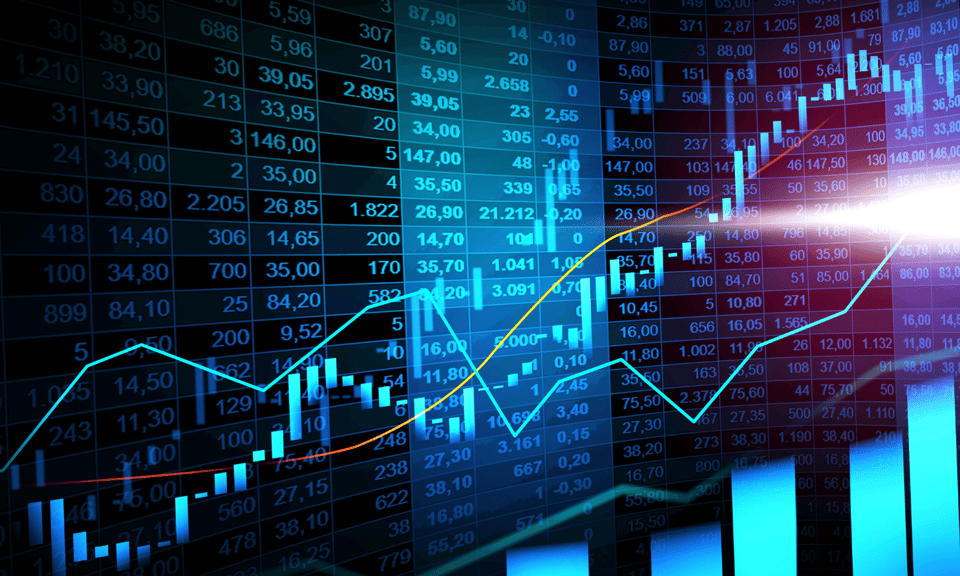The rise of the electronic marketplace has created many advantages for the active trader, including increased liquidity, ease of market access, and an abundance of opportunities.
Extensive futures trading hours is another key benefit that futures market participants enjoy. Crude oil, metals, interest rates, and equity index products are open nearly 24 hours per day, five days per week. If you’re an active futures trader, then you can rest assured that there’s a market open for business Sunday evening through Friday afternoon.
The Electronic Trading Day
Over the past two decades, advances in internet connectivity and information systems technology have brought the futures markets to the world. No longer are traders forced to have a physical presence at the exchange. The vast majority of business is now conducted remotely in an online capacity.
In order to service the largest number of customers, most exchanges have adopted around-the-clock futures trading hours. Aside from weekends and holidays, a daily 45- to 60-minute pause is the only time when the markets are closed. By comparison, the New York Stock Exchange (NYSE) limits equities trade between the hours of 9:30 a.m.-4 p.m. EST―a modest six and a half hours!
The real beauty of the digital marketplace is the ability for participants to engage the markets when they move. Depending on the product, a variety of factors can drive action to the market anytime:
- Breaking news: Key geopolitical and financial events aren’t privy to a clock. Fundamental market drivers can occur day or night.
- Foreign market open/close: The regular opening and closing times of globally prominent markets often spark participation in popular futures markets.
- Economic data: Official economic data releases frequently create a stir in the futures markets. From China’s GDP to the U.S. CPI, these events hit news wires on a prescheduled basis.
These three factors make futures trading possible on a nearly 24-hour basis. No longer do you have to wait for Wall Street’s opening bell before managing a position or entering the market. Modern futures trading hours make it possible to trade when necessary.
Futures Trading Schedules
If you’re based in the U.S., then the extensive futures trading hours let you trade the most active periods of the world’s leading markets. Here are several blocks of time when the prominent international markets are regularly active:
| Session | Exchange | Open (EST) | Close (EST) |
|---|---|---|---|
| American | New York | 8:00 a.m. | 5:00 p.m. |
| Australian | Sidney | 5:00 p.m. | 2:00 a.m. |
| Asian | Japan | 7:00 p.m. | 4:00 a.m. |
| European | London | 3:00 a.m. | 12:00 p.m. |
Aside from the traditional foreign trading hours, it’s important to be aware of the schedule for your target products. Here are the session times for a few of the most popular offerings available on the Chicago Mercantile Exchange’s (CME) Globex electronic platform:
| Product | Asset Class | Open (EST) | Close (EST) |
|---|---|---|---|
| Corn Futures | Agriculture | 8:00 p.m
|
8:45 a.m. (Overnight)
|
| Soybean Futures | Agriculture | 8:00 p.m.
|
8:45 a.m. (Overnight)
|
| Crude Oil | Energy | 6:00 p.m. | 4:00 a.m. |
| Gold | Metal | 6:00 p.m. | 5:00 p.m. |
| E-mini S&P 500 | Equity | 6:00 p.m. | 5:00 p.m. |
| Euro FX | Currency | 6:00 p.m. | 5:00 p.m. |
| 10-Year Note | Debt | 6:00 p.m. | 5:00 p.m. |
In contrast to agricultural products and exotics, the most popular CME Globex contracts feature 23/5 futures trading hours. Aside from a brief daily pause for server maintenance and settlement procedures, the markets are open for business.
Choose Your Own Futures Trading Hours
The flexibility afforded to active traders by digital connectivity is unparalleled. To trade, you don’t have to live near an exchange or abide by a standard 9-to-5 work day. You are free to build your schedule as you see fit.



